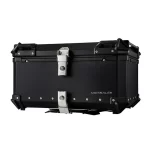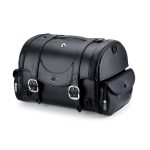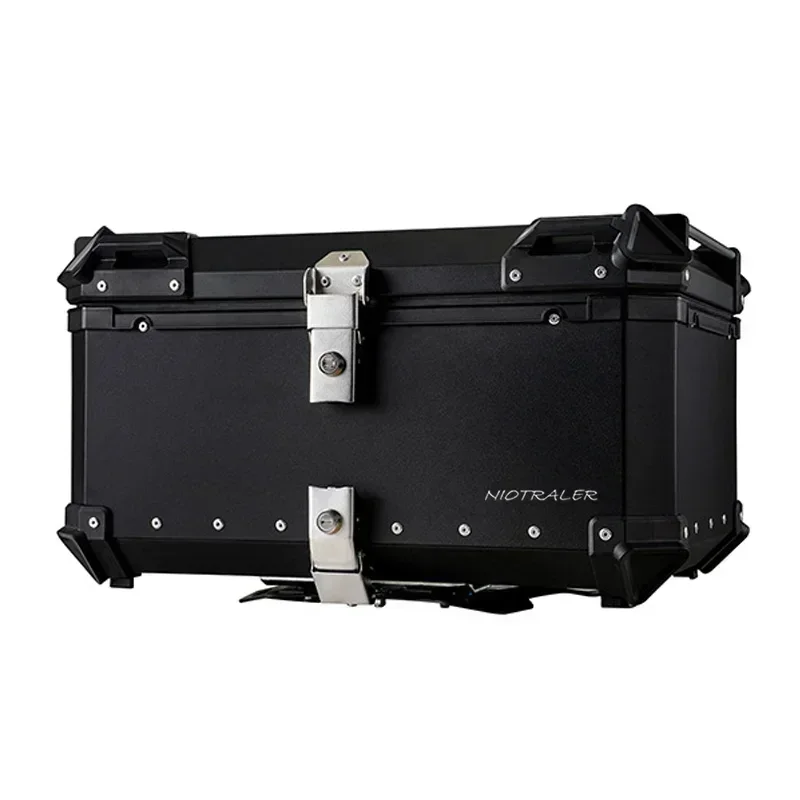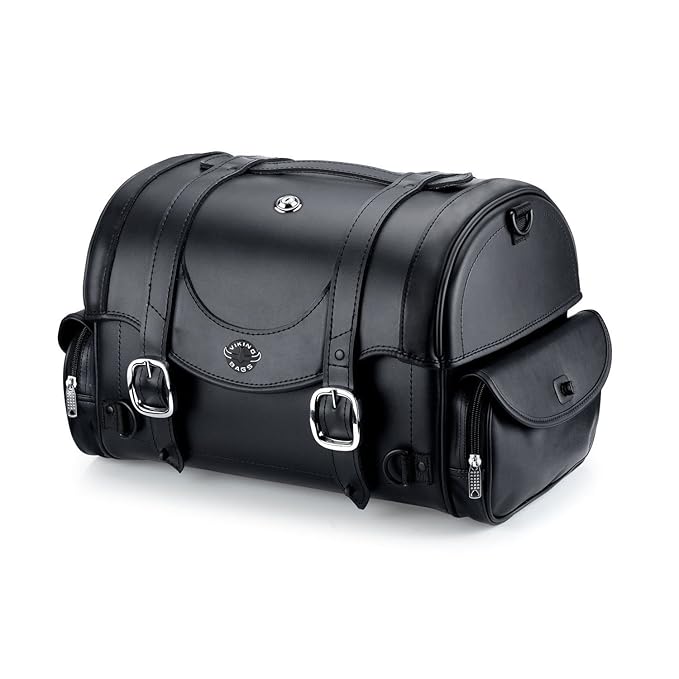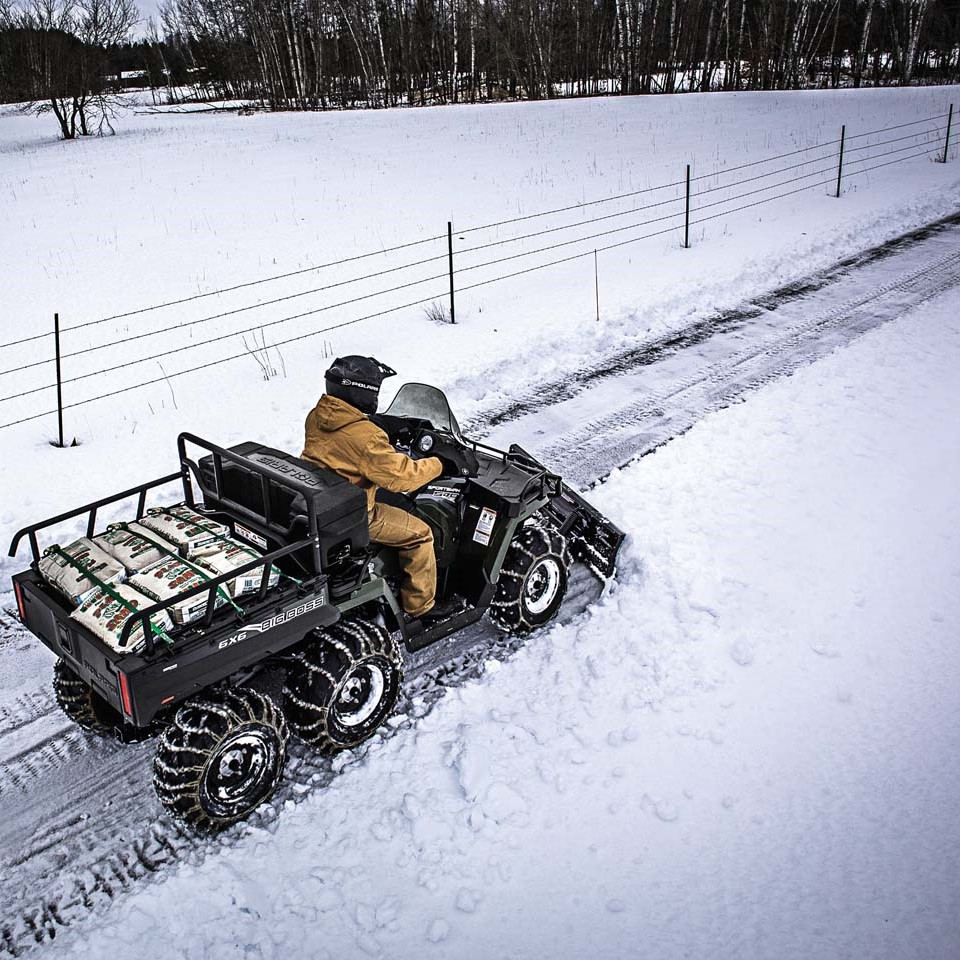Understanding Used atv values
Understanding how ATVs lose value over time is key for buyers and sellers alike. Depreciation affects the sale and purchase of ATVs. This section breaks down the main points impacting used ATV values.
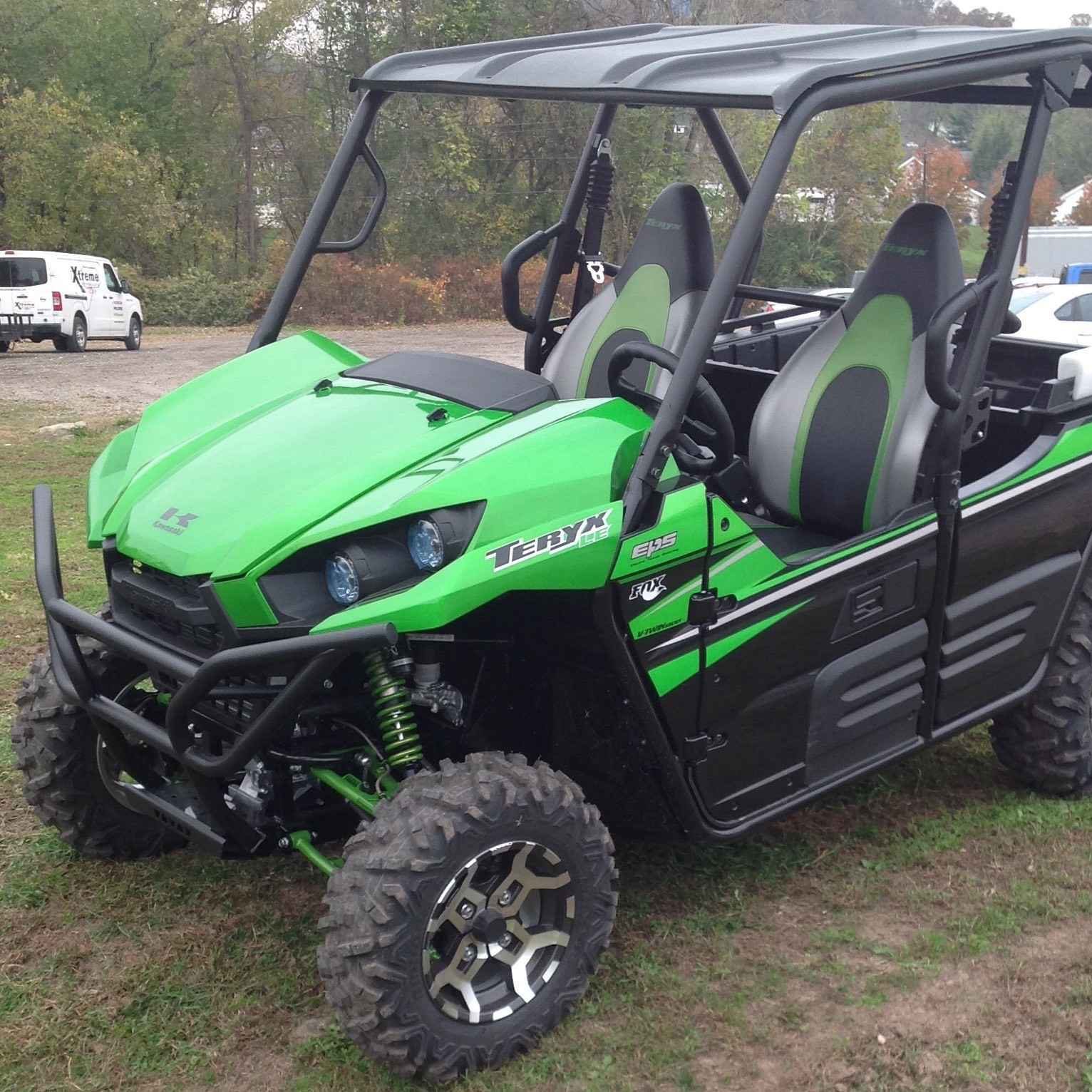
Factors Affecting ATV Depreciation
Several elements determine how quickly an ATV loses its value:
- Usage: More use typically means more wear, which can lower value.
- Condition: ATVs in good condition retain more value than those with damage or heavy wear.
- Age: Generally, the older an ATV, the less it’s worth.
- Market Trends: Demand for ATVs can rise or fall, affecting prices.
- Economic Factors: Broad economic changes can impact ATV values.
Each of these factors plays a part in the depreciation rate of an ATV.
ATV Depreciation Timeline
ATVs start losing value the moment they leave the dealership. The timeline varies, but here’s a general idea:
- First Year: A sharp drop in value occurs.
- Year Two and Three: Value decreases continue at a steady rate.
This pattern shows how crucial it is to maintain ATVs well to retain value.
Brands and Depreciation Rates
Brand reputation greatly influences an ATV’s resale value. Popular brands like Honda and Yamaha often depreciate less. Less known brands might not hold their value as well. It’s because well-recognized brands typically offer
- Reliability: They are known for lasting longer.
- Availability of Parts: Easier access to parts means easier maintenance.
- Demand: High demand in the market keeps the value up.
Knowing these brand-related factors can help in making informed decisions when dealing with used ATVs.
Estimating the Resale Value of Your Used ATV
Knowing what your used ATV is worth is vital. It helps in getting a fair deal. Let’s explore ways to estimate its value.
Utilizing Blue Book Values and Market Research
Start with blue book values. They are a good baseline for used ATV prices. Compare these values to similar ATVs. Look online and in local listings. This research shows what buyers may pay. Market trends also sway ATV values. Demand changes with the season. Popular times may fetch higher prices. Off-seasons might offer lower costs.
Consulting with Auto Sports Stores for Accurate Estimates
For a precise value, talk to auto sports stores. Experts there understand market conditions and used ATV values. They consider your ATV’s condition, brand, and demand. Accurate estimates mean better chances at a good sale price. They can guide you on which factors boost your ATV’s value. Good maintenance and reputable brands hold more worth. Remember, brand value varies greatly. Honda and Yamaha usually depreciate less. Their demand and reliability speak volumes.
Preparing to Sell or Trade Your Used ATV
Before you put your used ATV on the market, getting things in order is crucial. From research to maintenance, each step you take can add value to your ATV and help you get a better deal.
Researching Your ATV’s Value
Start by digging into your ATV’s value. Don’t guess; use resources like the blue book and market comparisons. Check what similar ATVs sell for. Look at online listings and local sales. This research ensures you set a fair price based on real data.
Negotiation Strategies
When you’re ready to sell, remember negotiation is part of the process. Buyers will try to bargain. Know your ATV’s least acceptable price ahead of time. Stay firm but fair. Being too stubborn can scare buyers away, while being too lenient can hurt your wallet.
Ensuring Proper Maintenance
A well-kept ATV sells better. Even if your ATV is older, good upkeep makes it more appealing. Fix any issues before selling. A clean, well-maintained ATV shows you care and can mean more money in your pocket.
Organizing the Necessary Paperwork
Lastly, have all paperwork ready. This includes the title, registration, and any service records. Clear paperwork makes the sale smoother and builds trust with the buyer. Make sure everything is in order so you can transfer ownership without a hitch.
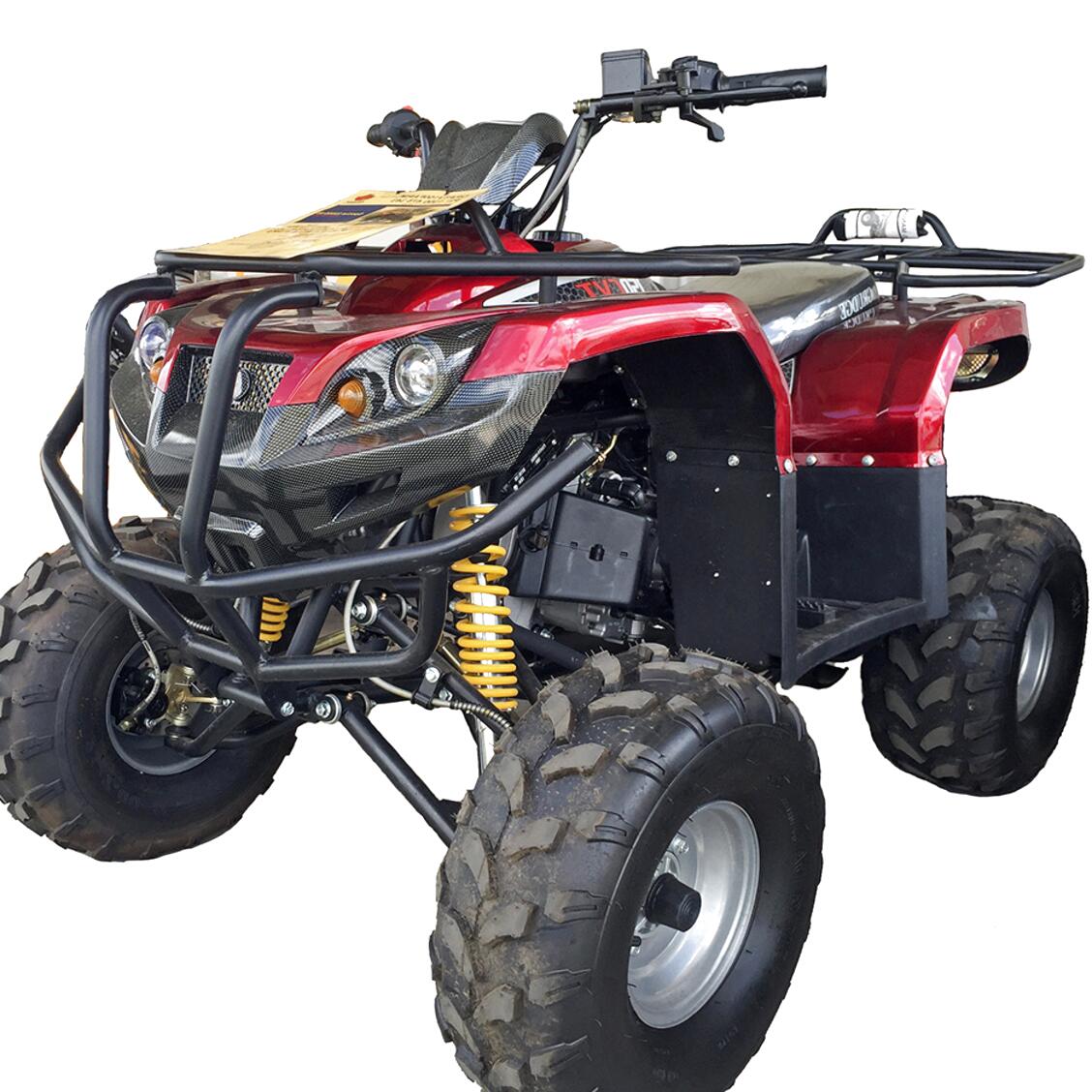 Pricing Comparisons: New vs. Used ATVs
Pricing Comparisons: New vs. Used ATVs
When debating between new and used ATVs, price is a major point. New models come with higher price tags, reflecting the latest in design and technology. Used ATVs, on contrast, offer cost savings that many riders find attractive. Below, we dissect these two options to give buyers and sellers the knowledge they need.
Cost Benefits of Purchasing Used ATVs
Buying a used ATV can stretch your dollars further. While new ATVs might tempt with shiny features, they also include steep costs. Here’s why used might be the better option:
- Initial Depreciation: New ATVs lose value fast, which used ones have already faced.
- Affordability: With lower prices, buyers may find better models within their budget.
- Insurance Savings: Insuring a used ATV typically costs less than a new counterpart.
Success in the used market rests on knowing used ATV values and recognizing a fair deal.
How New ATV Prices Reflect Advanced Features
On the other side, new ATVs boast advancements in safety, performance, and comfort. Their prices mirror these innovations. Consider the following when eyeing a brand-new ATV:
- Tech Upgrades: Latest models may include GPS, improved suspensions, and eco-friendly engines.
- Warranty Coverage: New purchases often come with warranties, saving on future repairs.
- Modern Design: Enjoy ergonomic features that enhance the riding experience.
Remember, new ATVs offer perks but at a cost. Weigh advanced features against financial constraints. Understanding the nuances of both new and used ATV prices can guide you to a smart choice.
Tips for Selling Your Used ATV
To get the best price for your used ATV, picking the right platform to sell on is crucial. Different platforms can offer various benefits but can also come with unique challenges. Below are tips to navigate this process effectively.
Choosing the Right Selling Platform
Selling your used ATV starts with selecting a platform that reaches the right audience. Here are a few options to consider:
- Local Classifieds: Good for reaching a local audience.
- Online Marketplaces: Sites like Facebook Marketplace can have large, active buying communities.
- Specialty Forums: Target enthusiasts who appreciate specific ATV types and models.
Remember, choosing a platform that aligns with your buyer’s habits increases your chance of a sale.
Effective Advertising Techniques on Online Marketplaces
If you decide to go with an online marketplace, presenting your ATV well is essential. Keep these points in mind for your ad:
- Take Clear Photos: Shots from different angles showcase your ATV’s condition.
- Write Honest Descriptions: Include make, model, year, and any flaws or upgrades.
- Set a Fair Price: Research used atv values to price your ATV competitively.
- Be Available: Answer questions from potential buyers quickly to build trust.
Following these tips will help set your listing apart and attract serious buyers. Selling your used ATV takes effort, but with the right approach, you can make the process smoother and more successful.
Insights for Used ATV Buyers
Buying a used ATV can offer many benefits.
Advantages of Buying Used ATVs
When considering a pre-owned ATV, you’re likely to encounter several advantages:
- Cost Savings: Used ATVs typically cost less than new ones.
- Depreciation: The initial depreciation hit has already been taken.
- Insurance Rates: Often, you’ll find lower insurance costs for used models.
- Variety: Older models and unique setups are available on the used market.
- Upgrades: Many come with enhancements already made by previous owners.
These factors make buying a used ATV an attractive option for many riders.
Potential Downsides of Used ATVs
However, there are also potential issues to be aware of:
- Unknown History: There might be undisclosed problems or accidents.
- Maintenance: Used ATVs may require more maintenance.
- Warranty: Lack of manufacturer warranty means repair costs are yours.
- Longevity: An older ATV might not last as long as a new one.
- Value Assessment: It can be challenging to determine the fair market value.
Being mindful of these downsides helps ensure you make a wise purchase decision.
Making an Informed Decision
When buying or selling an ATV, it’s important to weigh options carefully. Understand the benefits and drawbacks of new and used ATVs. Consider costs, features, and personal needs before deciding.
Weighing the Pros and Cons of Buying New vs. Used ATVs
New ATVs come with the latest technology but at a higher cost. They depreciate quickly too. Used ATVs are more wallet-friendly and may come with upgrades. Yet, used ones might have hidden issues and no warranty. Think about long-term use and budget.
Getting Your Used ATV Ready for Sale or Purchase
Before selling, enhance your ATV’s appeal. Repair flaws, clean it up, and organize all documents. This ensures a smooth sale. Buyers should check the ATV’s condition and history. This helps avoid future costs and issues. Maintenance records and proper inspection are key.
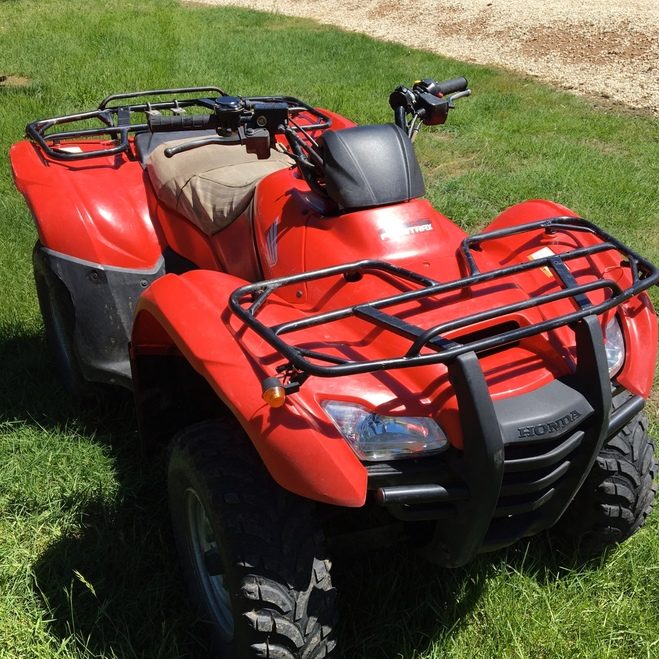 Enhancing Used ATV Value with Aftermarket Parts
Enhancing Used ATV Value with Aftermarket Parts
Enhancing your used ATV with aftermarket parts can increase its appeal and value. Better wheels, a snazzy paint job, or a more robust suspension – these upgrades can make your ATV stand out in the used ATV market. Here are some steps to enhance your used ATV’s value:
Popular and Valuable Upgrades
- Tires and Wheels: Good tires and fresh wheels improve both looks and performance.
- Suspension Kits: These offer better ride quality and can handle rough terrain.
- Skid Plates: Protect the ATV’s underside and add to its longevity.
- Engine Performance Parts: Enhancements to the engine can boost power and efficiency.
- Visual Appeal: New paint or decals can make an older ATV look new.
- Lighting Kits: Bright and bold lights increase safety and style.
- Storage Add-Ons: Additional racks or boxes for storage are practical upgrades.
Invest in popular upgrades that interest potential buyers while considering what will add real value.
How Upgrades Influence Resale Price
Upgrades do more than just make your ATV look good – they can have a real impact on resale price. A well-maintained ATV with the right upgrades can fetch a higher price. Upgrades like a new exhaust or a winch might attract buyers who see extra value in these enhancements. Remember, though, not all upgrades are equal. Focus on ones that are popular and add practical improvements to ensure they have a positive effect on resale value. Aim for upgrades that can give you a good return on investment.
When you choose to enhance your ATV, consider how each upgrade serves future owners. The right modifications can make your used ATV a hot commodity. Use them wisely to get the best return when it’s time to sell.

